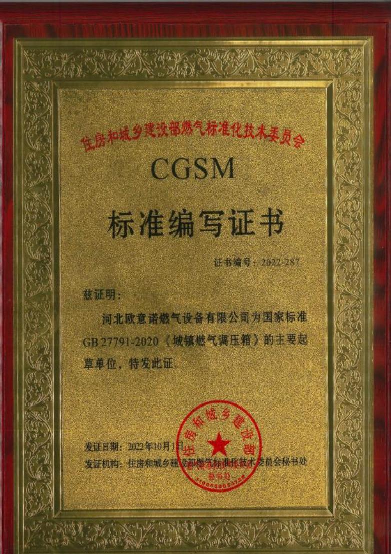
Aug . 19, 2024 22:38
Back to list
Understanding the Functionality and Benefits of Pressure Reducing Valves in Fluid Systems
Understanding Pressure Reducers Essential Components in Fluid Systems
Pressure reducers, also known as pressure regulators, are vital components in various fluid systems, ensuring that the pressure of liquids and gases is maintained at a safe and stable level. These devices are widely used in diverse applications, from industrial machinery to domestic appliances, making them integral to the safe and efficient operation of numerous systems.
A pressure reducer functions by lowering the input pressure of a fluid to a predetermined output pressure, allowing for the controlled delivery of gases or liquids. This is particularly important in scenarios where high pressure could lead to dangerous situations, equipment damage, or inefficient operation. The ability to maintain a consistent pressure ensures that systems operate within their designed parameters, leading to increased safety and longevity.
The operating principle of a pressure reducer is relatively straightforward. When a fluid enters the regulator, it encounters a diaphragm that senses the output pressure. If the pressure exceeds the desired limit, the diaphragm moves to restrict the flow of fluid, effectively reducing the pressure. Conversely, if the pressure drops too low, the diaphragm opens to allow more fluid to pass through. This continuous monitoring and adjustment ensure that the output pressure remains stable despite fluctuations in input pressure or changes in fluid demand.
In industrial applications, pressure reducers are crucial in processes such as gas distribution, hydraulic systems, and boiler operations. For example, in the oil and gas industry, pressure regulators are used to control the flow and pressure of natural gas in pipelines, ensuring that it is delivered safely to homes and businesses. Similarly, in manufacturing processes, pressure reducers help maintain necessary conditions in equipment that relies on specific pressure levels for optimal operation.
pressure reducer

In domestic settings, pressure reducers are often utilized in home gas lines and water supply systems. For instance, the pressure of natural gas supplied to a residence is significantly higher than what is required for appliances. Pressure regulators are installed to reduce this high pressure to a safe level, ensuring that stoves, heaters, and other appliances operate efficiently without the risk of leaks or explosions.
Choosing the right pressure reducer involves understanding the specific requirements of the application. Several factors must be considered, such as the type of fluid being used, the desired output pressure, and the flow rate. Additionally, materials and construction of the pressure reducer play a significant role in its performance and longevity. For instance, materials need to resist corrosion and wear, especially in systems handling aggressive fluids or operating under high temperatures.
Regular maintenance and testing of pressure reducers are also essential to ensure they function correctly over time. This could include visual inspections for leaks, pressure testing, and ensuring that all connections and seals are intact. Neglecting maintenance can lead to failures that could escalate into major accidents or system inefficiencies.
In conclusion, pressure reducers are indispensable in managing the flow and pressure of gases and liquids across various industries and home systems. By providing a safe means to control fluid dynamics, these devices enhance operational efficiency while ensuring safety. Their importance cannot be overstated, as they facilitate the smooth functioning of essential equipment, ultimately contributing to both industrial productivity and household comfort. Understanding their operation and maintenance is key to leveraging their benefits, making pressure reducers a fundamental element in the design and operation of fluid systems.
Latest news
-
Safety Valve Spring-Loaded Design Overpressure ProtectionNewsJul.25,2025
-
Precision Voltage Regulator AC5 Accuracy Grade PerformanceNewsJul.25,2025
-
Natural Gas Pressure Regulating Skid Industrial Pipeline ApplicationsNewsJul.25,2025
-
Natural Gas Filter Stainless Steel Mesh Element DesignNewsJul.25,2025
-
Gas Pressure Regulator Valve Direct-Acting Spring-Loaded DesignNewsJul.25,2025
-
Decompression Equipment Multi-Stage Heat Exchange System DesignNewsJul.25,2025

